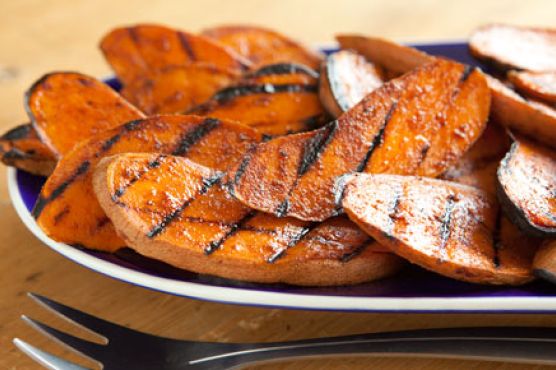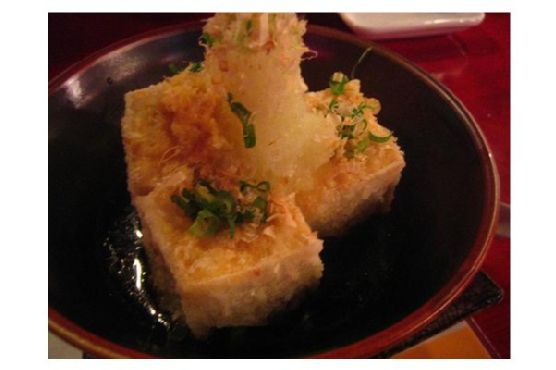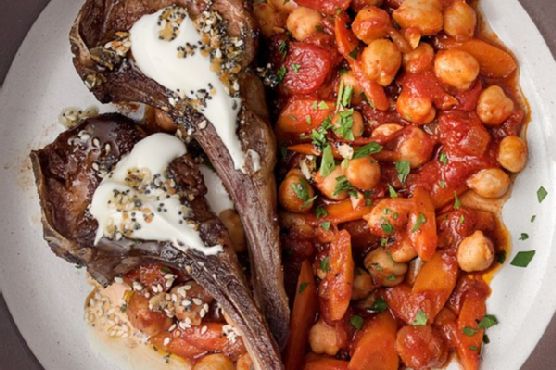Lemon Pickle | Nimboo Ka Achar | Elumichai Oorugai | Nimmakaya Uragaya - Easy Indian Pickle s
Lemon Pickle | Nimboo Kan Achar | Elumichai Oorugai | Nimmakayan Uragaya - Easy Indian Pickle s could be just the gluten free, dairy free, lacto ovo vegetarian, and fodmap friendly recipe you've been looking for. This main course has 867 calories, 26g of protein, and 30g of fat per serving. This recipe serves 1 and costs $15.88 per serving. This recipe is typical of Indian cuisine. This recipe from Tickling Palates has 349 fans. A mixture of fenugreek seeds, lemon, turmeric powder, and a handful of other ingredients are all it takes to make this recipe so flavorful. From preparation to the plate, this recipe takes roughly 40 minutes. Overall, this recipe earns an amazing spoonacular score of 96%. Pickle Chicken with Garlic Fries and Spicy Pickle Dip, Cook the Book: Indian Pickle, and Swiss Chard with Indian Lime Pickle are very similar to this recipe.
Servings: 1
Preparation duration: 30 minutes
Cooking duration: 10 minutes
Ingredients:
Fenugreek seeds – 1 tsp
Lemon – 20 nos
Mustard seeds – 2 tsp
Red chili powder – 3/4 cup
Rock Salt – 1/2 cup
Sesame oil – 1 cup
Turmeric powder – 2 tsp
Equipment:
stove
frying pan
Cooking instruction summary:
Wash lemons and wipe them clean of moisture. You can also spread them on a plate or cloth and let it air dry completely. Take 5 to 6 cups water in a wide mouthed pan and bring it to a rolling boil. Switch off stove and take the pan off the stove. Drop the lemons into the hot water. Close the pan with a lid. Make sure that the lemons are completely immersed in water. If you think that there is not enough water, heat some more water separately and add to the lemons. Let the lemons soak in the water for 12 hours or overnight. Discard the water the next day. The lemons will be soft now and slightly squishy. The skin would have softened. Place the lemons on a plate and cut each one into quarters. You can also cut each quarter into half. You can remove the seeds if you want but I did not do it. Transfer the cut lemon wedges along with the juice to any food grade container. Add 1/4 cup rock salt, turmeric powder and shake well. Close with a lid and let it rest for 1 full day. If possible, keep shaking the container every 2 or 3 hours. Heat a pan, add fenugreek seeds and keep shaking the pan to roast it evenly. Do not let it burn. When it changes color slightly, transfer it to a mixie jar. Grind it to a coarse powder. Now add the remaining 1/4 cup rock salt, red chili powder to the jar and grind well. The rock salt will get powdered and all the 3 ingredients would have mixed evenly. Heat a thick bottomed pan. Add 1 cup oil and heat it well till you can see it smoking. Switch off, take the pan off the stove and keep it on the counter. Add mustard seeds and let it crackle. Add asafetida (if using). Let it rest 5 to 10 mins for the oil to cool down a bit. Now add the powdered contents (pickle powder) from the mixie jar first and mix. Then add the soaking lemon wedges along with the juice and mix well. Lemon pickle is ready. You can start using it after a day or 2 as by then the spice powders will get absorbed well by the lemons. Let the pan cool down completely to room temperature. Using a dry spoon transfer the pickle to clean, sterile bottles. Add the remaining oil too so that it floats on top of the bottle. Always use a dry spoon while serving pickles. It would be even better if you store about 1/8 cup pickle separately for daily use and replenish it as and when it gets over. This lemon pickle can be stored at room temperature for 6 to 9 months though I’ve never had a chance to keep it that long as it gets over within 2 or 3 months.
Step by step:
1. Wash lemons and wipe them clean of moisture. You can also spread them on a plate or cloth and let it air dry completely. Take 5 to 6 cups water in a wide mouthed pan and bring it to a rolling boil. Switch off stove and take the pan off the stove. Drop the lemons into the hot water. Close the pan with a lid. Make sure that the lemons are completely immersed in water. If you think that there is not enough water, heat some more water separately and add to the lemons.
2. Let the lemons soak in the water for 12 hours or overnight. Discard the water the next day. The lemons will be soft now and slightly squishy. The skin would have softened.
3. Place the lemons on a plate and cut each one into quarters. You can also cut each quarter into half. You can remove the seeds if you want but I did not do it.
4. Transfer the cut lemon wedges along with the juice to any food grade container.
5. Add 1/4 cup rock salt, turmeric powder and shake well. Close with a lid and let it rest for 1 full day. If possible, keep shaking the container every 2 or 3 hours.
6. Heat a pan, add fenugreek seeds and keep shaking the pan to roast it evenly. Do not let it burn. When it changes color slightly, transfer it to a mixie jar. Grind it to a coarse powder. Now add the remaining 1/4 cup rock salt, red chili powder to the jar and grind well. The rock salt will get powdered and all the 3 ingredients would have mixed evenly.
7. Heat a thick bottomed pan.
8. Add 1 cup oil and heat it well till you can see it smoking. Switch off, take the pan off the stove and keep it on the counter.
9. Add mustard seeds and let it crackle.
10. Add asafetida (if using).
11. Let it rest 5 to 10 mins for the oil to cool down a bit. Now add the powdered contents (pickle powder) from the mixie jar first and mix. Then add the soaking lemon wedges along with the juice and mix well. Lemon pickle is ready. You can start using it after a day or 2 as by then the spice powders will get absorbed well by the lemons.
12. Let the pan cool down completely to room temperature. Using a dry spoon transfer the pickle to clean, sterile bottles.
13. Add the remaining oil too so that it floats on top of the bottle. Always use a dry spoon while serving pickles. It would be even better if you store about 1/8 cup pickle separately for daily use and replenish it as and when it gets over. This lemon pickle can be stored at room temperature for 6 to 9 months though I’ve never had a chance to keep it that long as it gets over within 2 or 3 months.
Nutrition Information:
covered percent of daily need















